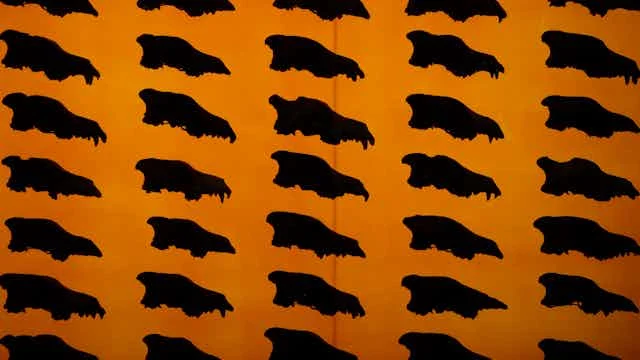
The Deceptive Allure of De-Extinction: Colossal Biosciences and the Dire Wolf
In an era where technology increasingly blurs the lines of possibility, Colossal Biosciences, a Texas-based biotech firm, recently made headlines by claiming to resurrect the extinct dire wolf. This announcement, touted as a groundbreaking achievement in conservation biology, reveals a darker undertone: the chilling reality of exploiting the notion of de-extinction for profit.

Colossal's so-called resurrection is not a return of a species but rather the genetic modification of a grey wolf. Experts in conservation genetics at Western University, alongside a plethora of other academics, view this venture as a dangerous and misleading publicity stunt. As we face an impending biodiversity crisis, the need for authentic conservation strategies has never been more pressing. Human activities have decimated habitats, driving species extinction rates to alarming levels—estimated to be 1,000 times higher than natural rates.
Colossal portrays de-extinction as a potential solution to this crisis, utilizing a Jenga-block metaphor to illustrate their philosophy. In this analogy, each species represents a block in a tower, with the removal of one species weakening the entire structure. However, while reintroducing species into their native ecosystems has proven effective in some instances, the dire wolf is a relic from a bygone era, existing in an ecological landscape that no longer supports it.
Unlike the successful cloning efforts for the black-footed ferret, which lived on the brink of extinction and had viable ecological roles, the reintroduction of Ice Age megafauna would disrupt the already fragile ecosystems of today. Their extinction approximately 10,000 years ago coincided with a dramatic shift in both species and habitats, suggesting that these animals far represent the wrong approach to restoration efforts.
The historical misuse of cloning technology serves as a cautionary tale. Arthur Schubarth’s illegal cloning of hybrid bighorn sheep demonstrates that unchecked technological endeavors can exacerbate pre-existing threats, such as infectious diseases and habitat degradation.
Alarmingly, the hype surrounding Colossal's dire wolf has resurfaced a long-standing myth—that technological advancements will pull us from the brink of the biodiversity crisis. In reality, such projects overlook direct causes of extinction, including climate change, habitat loss, and pollution.
Worryingly, Colossal’s multi-billion-dollar valuation complicates the issue further. With aspirations to display their ‘de-extinct’ animals in zoos, the temptation to exploit public curiosity could overshadow urgent conservation needs. The very promotion of such endeavors may undermine existing habitat protections, as seen in the damaging proposals to weaken the Endangered Species Act by citing Colossal’s claims.
In conclusion, the resurgence of the dire wolf, presented by Colossal Biosciences, highlights a critical question: can we find sustainable solutions for biodiversity without resorting to mythologizing technology? It's essential that we redirect the conversation towards authentic conservation efforts and consider how we can truly protect our remaining ecosystems. Let us hear your thoughts—do you believe de-extinction could ever serve as a viable solution, or is it simply a distraction from more pressing conservation issues? Please leave your comments below.